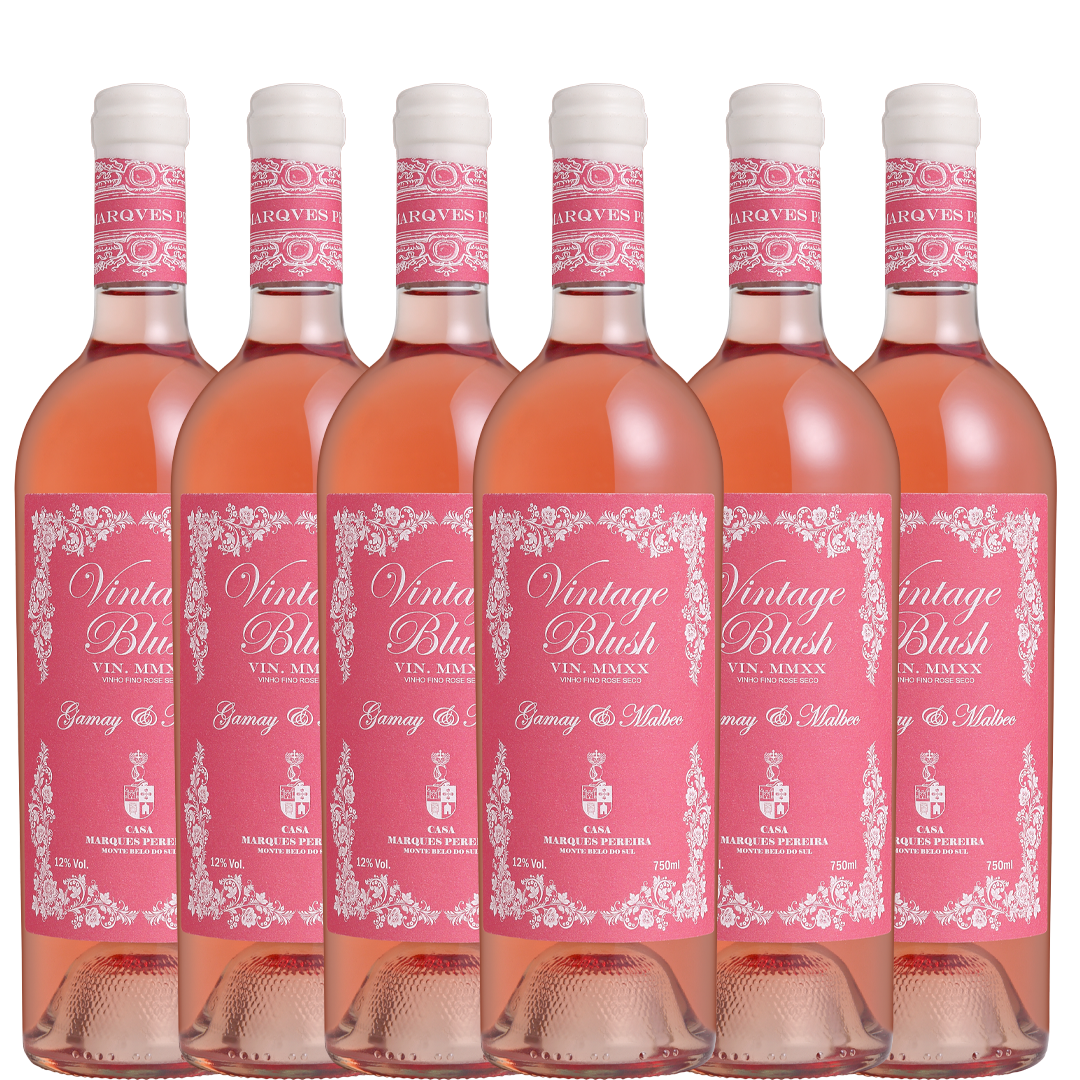When and how to use a decanter
Don't be afraid of this essential piece on the table of wine aficionados; with this step-by-step guide, enjoy the best your wines have to offer.
Every wine lover has heard of, or even admired, the extravagant curves of this mysterious glass container that many experts claim extracts the best aromas and flavors from the drink, transforming the experience of tasting their favorite labels.
But what exactly is a decanter for, and why add another obstacle between uncorking a new bottle and enjoying a generous glass? Furthermore, which wines should be decanted and for how long? We'll explain everything you need to know about this charming piece.
What is a decanter and what should I use it for?
This object has been manufactured for as long as wine has been drunk. Made from a wide variety of materials, from clay to steel and from silver to gold, they were originally designed to contain wine and keep it ready for consumption. Today, traditional glass and crystal models facilitate the decantation process of small sediments found in bottles and the oxygenation of wines.
Even with more modern winemaking techniques, wines, especially aged reds, can produce a small solid deposit at the bottom of the bottle. This does not mean there is any defect or that consuming them will cause any harm; it is simply a natural settling process and, although harmless, it is best to avoid this sediment reaching the glass, as its texture could interfere with the tasting experience.
You've probably heard someone say that wine needs to "breathe" or "open up" before being consumed. The unique shape of the decanter is not just a decorative choice; the wide base ensures a large area for oxygen exposure, allowing the more complex aromas and flavors contained in the liquid to be released.
Which wine is best for decanting?
The consensus is that red wines, especially aged ones, benefit most from decanting, not only because of the sediment, but also because of the surprising experience that just over twenty minutes of decanting can offer, highlighting the complex aromas and flavors of an intense and distinctive wine like our Segredos da Adega Merlot 2006 and its long, silent journey in the bottle.
Although it may seem counterintuitive, younger wines with aging potential, such as our Reserva line, typically need more aeration time. Think of decanting these wines as a way to take advantage of oxygen contact to accelerate the aging process, reducing the impact that the pronounced tannins and acidity will have on your palate.
The strategy for transferring the precious liquid from the bottle to the decanter depends on the type of wine in question.
For older wines, it is important that they are allowed to rest upright for at least a day before serving, allowing the sediment to settle at the bottom of the bottle.
When pouring wine into a decanter, carefully tilt the bottle, allowing the wine to slowly run down the sides of the container. For red wines and their deep colors, a nearby light source can help identify any stray sediment, indicating when to stop.
Feel free to swirl the wine in the decanter if it is younger and has no sediment, but remember that swirling accelerates the process and increases the area of contact with oxygen.
Perhaps what makes wine such a fascinating drink is its characteristic of continuous evolution from its creation to the moment the cork is removed; it's more than natural that questions arise about how long to decant before serving the eagerly awaited glasses.
There's no golden rule, but generally, wines require 30 minutes to 2 hours to age, with special care taken with older wines, which are more sensitive to oxygen. The best advice is still to taste them at regular intervals to monitor their evolution until you find the ideal point that truly wins over your palate.















